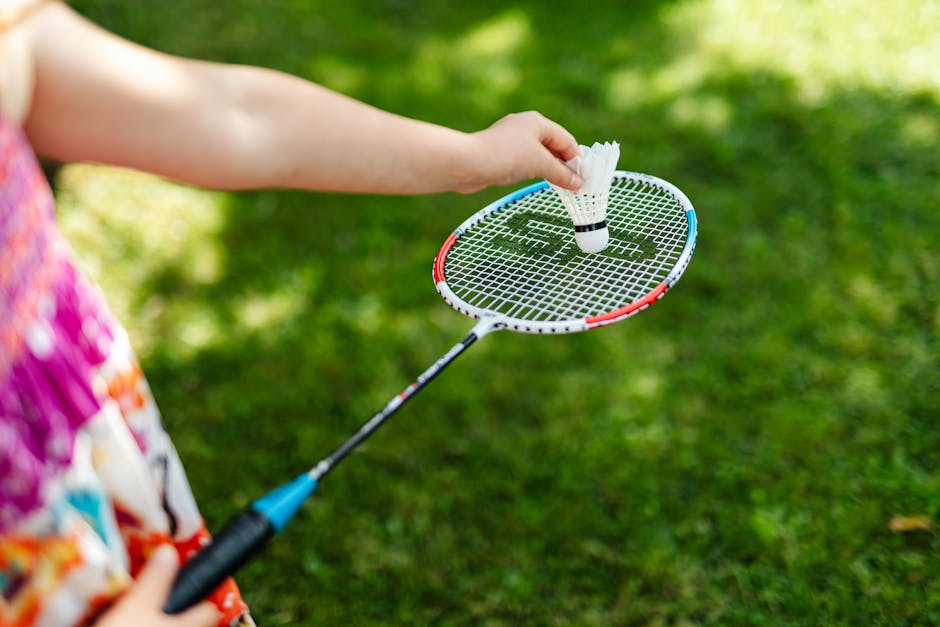Badminton, a sport enjoyed by millions worldwide, requires agility, precision, and the right equipment. Among the essential gear, the badminton racket plays a crucial role in a player's performance. Choosing the right racket can significantly impact your game, whether you're a beginner or a seasoned pro. This guide will walk you through the key factors to consider when selecting your perfect badminton racket.
One of the first things to consider is the racket's weight. Rackets are typically categorized as lightweight, medium weight, or heavyweight. Lightweight rackets offer greater maneuverability and are ideal for beginners and doubles players who require quick reactions. Medium weight rackets provide a balance between power and control, making them suitable for all-around players. Heavyweight rackets generate more power but require greater strength and control to wield effectively.
The balance point of a racket also influences its performance. Head-heavy rackets generate more power, while head-light rackets offer better control and maneuverability. An even balance point provides a compromise between the two. Consider your playing style and preferences when choosing the balance point. If you rely on power smashes, a head-heavy racket might be suitable. If you prioritize control and quick reactions, a head-light racket would be a better choice.
Another essential factor is the racket's stiffness. Rackets are classified as flexible, medium stiff, or stiff. Flexible rackets offer greater power for slower swing speeds, making them suitable for beginners. Medium stiff rackets provide a balance between power and control, while stiff rackets offer maximum control for advanced players with fast swing speeds.
Grip size is another crucial aspect to consider. Choosing the right grip size ensures a comfortable and secure hold, preventing slippage and potential injuries. Grip sizes are typically measured in millimeters. A smaller grip size offers better control and maneuverability, while a larger grip size provides more power. Experiment with different grip sizes to find the one that feels most comfortable in your hand.
The material used in the racket's construction also affects its performance and durability. Common materials include aluminum, graphite, and carbon fiber. Aluminum rackets are generally more affordable and durable but less powerful than graphite or carbon fiber rackets. Graphite and carbon fiber rackets are lighter, stronger, and offer better performance but come at a higher price point.
String tension plays a significant role in the racket's performance. Higher string tension provides more control but less power, while lower string tension offers more power but less control. The recommended string tension is usually printed on the racket frame. It's essential to choose a string tension that complements your playing style and skill level.
Finally, consider your budget when selecting a badminton racket. Rackets range in price from affordable entry-level models to high-end professional rackets. While it's tempting to opt for the cheapest option, investing in a quality racket that suits your needs can significantly improve your game and enjoyment of the sport. By considering these factors, you can choose the perfect badminton racket that will help you elevate your game to the next level.
